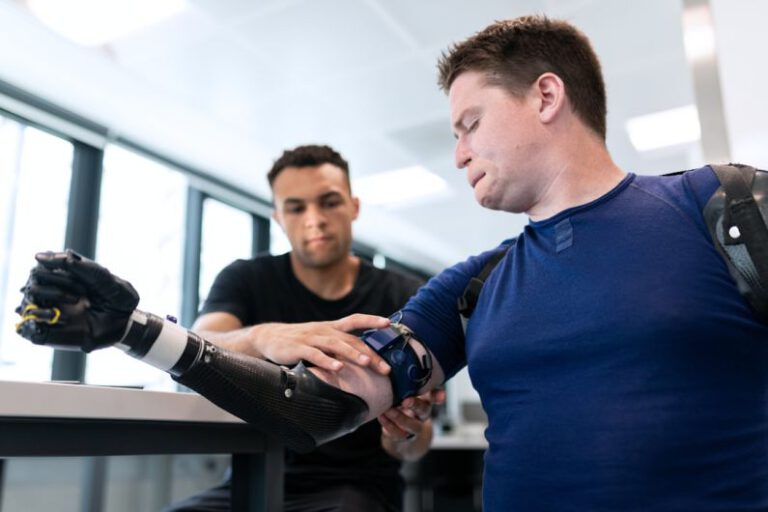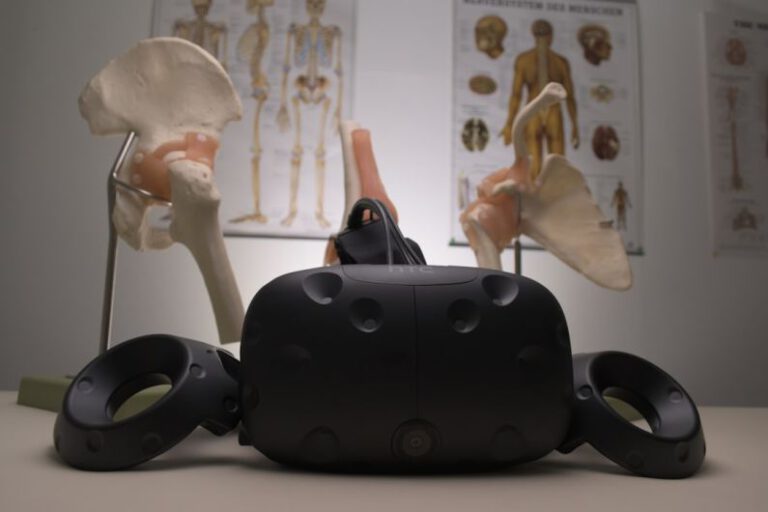Augmented Reality Workspaces: the Future of Collaboration
In the fast-paced world of technology, the way we work and collaborate is continuously evolving. One of the most exciting advancements in this space is the development of augmented reality workspaces. Augmented reality (AR) technology superimposes digital information onto the physical world, creating a seamless blend of the virtual and real. This innovation has the potential to revolutionize the way teams collaborate, communicate, and work together, offering a glimpse into the future of work.
Enhanced Collaboration and Communication
Augmented reality workspaces offer a new dimension to collaboration, allowing team members to interact with digital content in a shared physical space. By wearing AR headsets or using AR-enabled devices, team members can see virtual objects, annotations, and data overlaid onto their physical environment. This immersive experience fosters enhanced communication and collaboration, as team members can visualize complex concepts, share ideas, and provide real-time feedback in a more intuitive and interactive manner.
Virtual Meeting Spaces
One of the key applications of augmented reality workspaces is the creation of virtual meeting spaces. Instead of traditional video calls or conference rooms, AR technology enables team members to meet in a shared virtual environment regardless of their physical location. This virtual meeting space can be customized to suit the needs of the team, allowing for interactive presentations, 3D models, and collaborative brainstorming sessions. By breaking down geographical barriers and providing a more engaging meeting experience, augmented reality workspaces redefine the concept of remote collaboration.
Interactive Design and Prototyping
For teams working in design, engineering, and architecture, augmented reality workspaces offer a powerful tool for interactive design and prototyping. By overlaying digital models onto the physical environment, designers and engineers can visualize their creations at scale, make real-time modifications, and test different scenarios in a more hands-on way. This immersive design process not only accelerates the development cycle but also enhances creativity and innovation by providing a more intuitive and interactive platform for experimentation and iteration.
Training and Skill Development
Augmented reality workspaces also hold significant potential for training and skill development. By creating interactive simulations and guided experiences, AR technology can provide hands-on training in a wide range of fields, from healthcare to manufacturing to education. This immersive learning environment allows trainees to practice tasks, receive real-time feedback, and gain practical experience in a safe and controlled setting. As a result, augmented reality workspaces can revolutionize the way we train employees, students, and professionals, offering a more engaging and effective learning experience.
Enhanced Productivity and Efficiency
Ultimately, the adoption of augmented reality workspaces can lead to increased productivity and efficiency in the workplace. By streamlining communication, enhancing collaboration, and providing intuitive tools for design and training, AR technology empowers teams to work more effectively and creatively. With the ability to visualize data, share ideas, and interact with digital content in a more natural way, teams can accelerate decision-making processes, reduce errors, and drive innovation across industries.
The Future of Work
As augmented reality technology continues to advance and become more accessible, the integration of AR workspaces into everyday workflows will become increasingly common. From virtual meeting spaces to interactive design tools to immersive training experiences, the possibilities for collaboration and innovation are limitless. Augmented reality workspaces offer a glimpse into the future of work, where the boundaries between the physical and digital worlds blur, and creativity knows no limits. By embracing this transformative technology, teams can unlock new opportunities for collaboration, communication, and productivity in the digital age.






